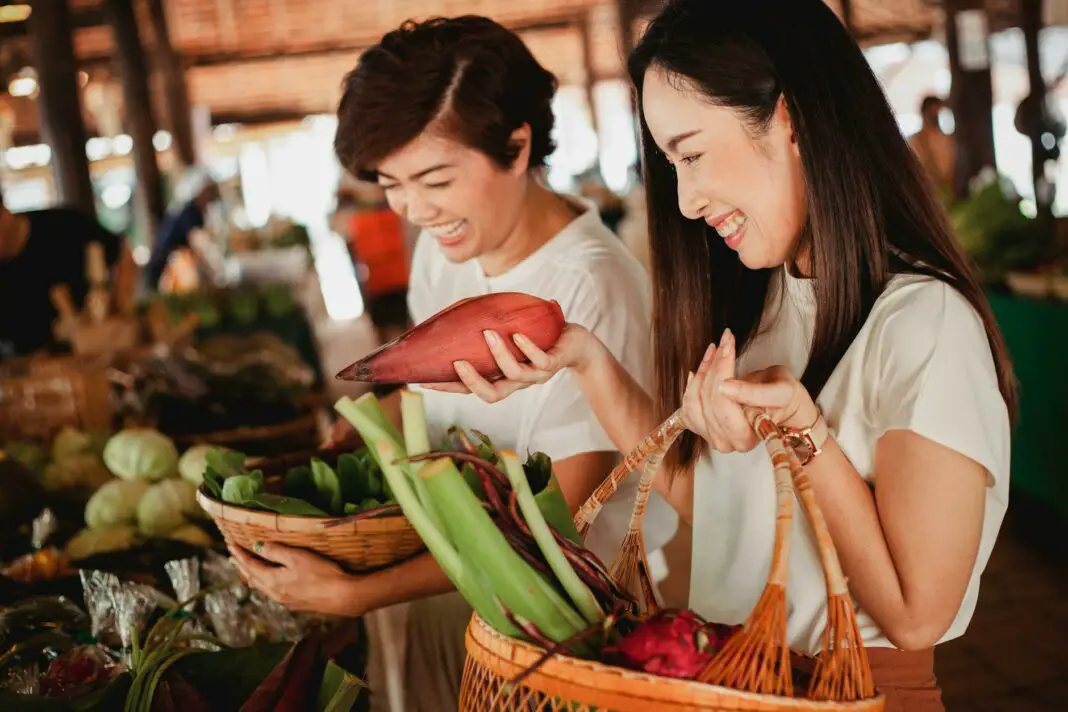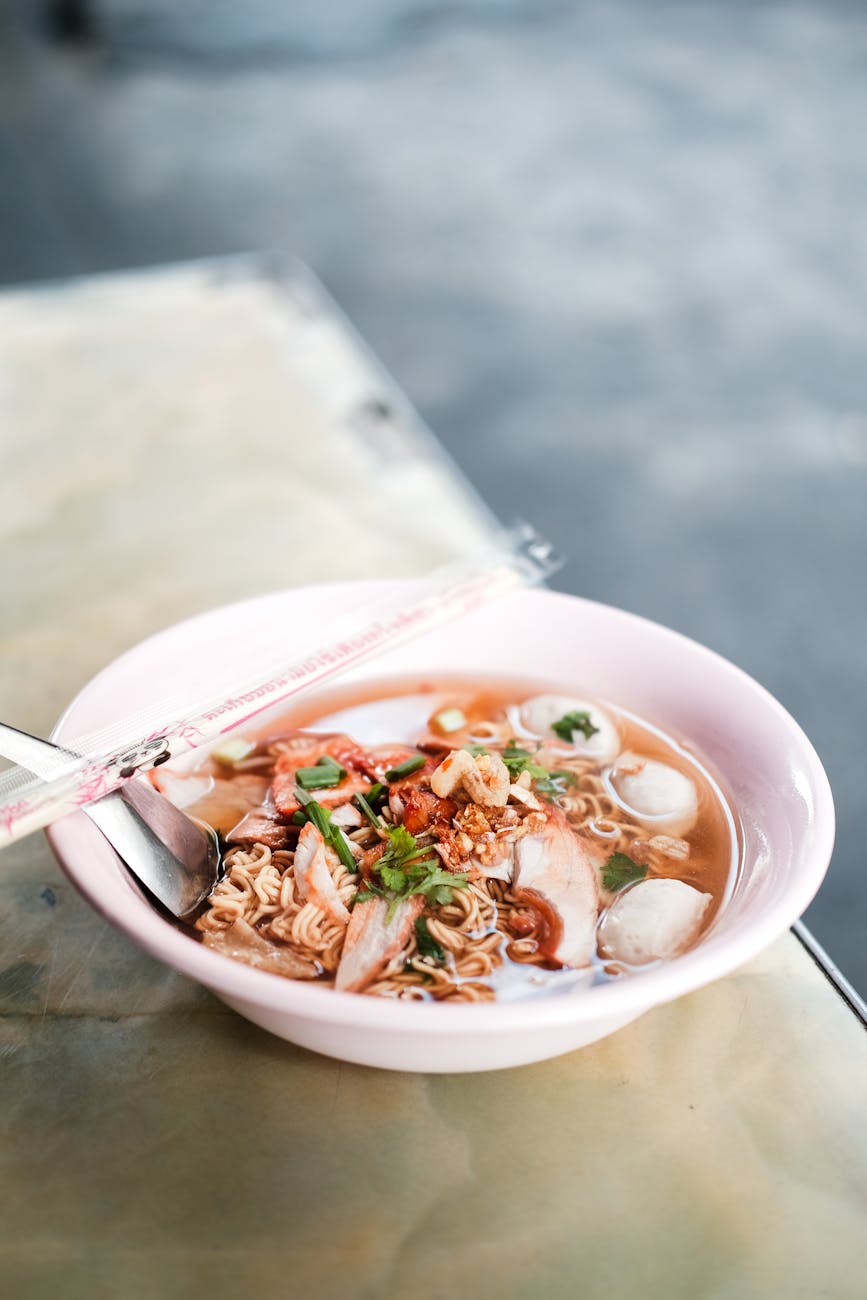Embarking on a trip to Thailand promises a kaleidoscope of flavors, vibrant cultures, and stunning landscapes. More than just a destination, Thailand emerges as a treasure trove of culinary experiences that immerse travelers in its rich heritage. However, what truly elevates Thai food to its renowned status? The answer may lie in the local ingredients. Are these local Thai ingredients the secret to authentic cuisine? In this blog post, we will explore the tantalizing elements of Thai cooking and the distinctive ingredients that create its unique appeal.
Join us on this flavorful journey through Thailand, as we delve deep into its culinary treasures. From the bustling street markets of Bangkok to the serene coastal towns, your taste buds are in for an adventure. Equip yourself with knowledge about the local ingredients that define authentic Thai cuisine, and find out how they contribute to unforgettable taste experiences. Get ready to be inspired, informed, and hungry for more!
Table of Contents
Introduction
The allure of Thailand isn’t solely found in its scenic landscapes or friendly locals; it’s profoundly embedded in its rich culinary culture. As you traverse the country, the aroma of street food wafts through the air, beckoning you to savor its unique offerings. Yet, what sets Thai cuisine apart? A close examination reveals that the magic lies in its local ingredients. Each component brings depth and vibrancy to dishes, making every meal an experience to remember.
When tourists indulge in delights such as Pad Thai or Mango Sticky Rice, they often wonder about the secrets behind the flavors bursting in their mouths. Local ingredients provide that authenticity, acting as the backbone of every dish. Discovering these ingredients not only enhances your appreciation for Thai foods but also enlightens your culinary adventures as you bring these flavors back home.
Discovering Local Ingredients
Thailand’s landscape presents a diverse range of vegetation that has shaped its cuisine for centuries. One of the most crucial local ingredients is lemongrass. This fragrant herb not only adds a zesty taste but also imparts a fresh aroma to dishes, embodying the spirit of Thai cuisine. Its use in soups, curries, and marinades is monumental, providing a distinctive signature that is hard to replicate.
Additionally, galangal, often mistaken for ginger, plays a significant role in authentic Thai cooking, infusing dishes with a sharp, citrusy flavor profile. A foundational ingredient in Tom Yum Goong, this aromatic root enhances the dish while giving it a unique identity. The vibrant bounties offered by Thailand extend to chilies, offering various heat levels that cater to different palates, making spice an essential element in every Thai dish.
The Flavor Profile of Thai Cuisine
Exploring the flavor profile of Thai cuisine reveals a rich tapestry of tastes that combine sweet, sour, salty, and spicy in perfect harmony. Each dish serves as a canvas for showcasing these diverse elements. For instance, the famed Som Tum (green papaya salad) showcases this complexity beautifully, merging the sweetness of palm sugar with the sharp tang of lime and the heat of chilies. This remarkable balance is a hallmark of traditional Thai cooking.
Moreover, ingredients such as fish sauce, a staple in many Thai households, lend dishes a delightful umami flavor, deepening the overall taste experience. The combination of fresh herbs like Thai basil and cilantro further elevates each meal, providing freshness that cuts through richer flavors. It’s these well-thought-out combinations of contrasting yet complementary tastes that truly characterize authentic Thai cuisine, turning every meal into a sensory adventure.
The Importance of Authenticity in Cooking
In a world filled with culinary fusions and adaptations, authenticity holds an irreplaceable place in the hearts of food lovers. Using local ingredients is critical in preserving the heritage and tradition of Thai cuisine. Each region boasts its specialties and unique flavors, reflecting local agricultural practices and cultural influences.
By prioritizing authentic Thai ingredients, chefs can ensure that every dish remains true to its roots, offering an experience that transports diners to the bustling markets or family kitchens of Thailand. This commitment not merely enhances the flavor but also fosters a deeper connection to the country’s vibrant history and culinary landscape.
Actionable Insights for Food Lovers
If you’re eager to unlock the secrets of authentic Thai cuisine, begin by sourcing local ingredients similar to those found in Thailand. Explore Asian grocery stores or farmer’s markets in your area to find items like kaffir lime leaves, Thai chilies, or fresh herbs. Experiment with incorporating these components into your cooking; for example, create a homemade curry paste using mortar and pestle for an authentic flavor.
Additionally, consider taking cooking classes focusing on Thai cuisine during your travels or even locally. Engaging with experienced chefs can open your eyes to the nuances of local ingredients and cooking methods, allowing you to replicate the authentic Thai dining experience in your kitchen. As you gain confidence, share your culinary creations with friends and family, allowing them to join you on this flavorful journey!
Embrace the Authentic Flavors of Thailand
Knowing the importance of local ingredients elevates your culinary journey to Thailand significantly. Authenticity in flavors, textures, and presentation opens doors to new culinary experiences that reflect the rich tapestry of Thai culture. As you indulge in these specialties, each bite connects you to a world where food is not just sustenance, but a celebration of life, heritage, and community. So, as you plan your next adventure in Thailand, remember to embrace the authentic flavors that make this cuisine so revered worldwide.
Bring back the knowledge and inspiration you gain about local ingredients to your kitchen. Experiment with authentic recipes, and don’t shy away from exploring the vibrant flavors that this remarkable cuisine offers. With every meal you prepare, share the story of Thailand and its culinary bridges with those around you, encouraging them to join in the exploration of these rich flavors. Food is powerful — it can transport us, teach us, and most importantly, unite us.
Frequently Asked Questions
- What are some essential Thai ingredients for home cooking?
Essential ingredients include lemongrass, galangal, Thai basil, fish sauce, and coconut milk, creating the foundation for many authentic dishes. - Can I find Thai ingredients easily if I live outside of Thailand?
Yes, many Asian grocery stores carry Thai ingredients, and there are various online retailers that specialize in authentic culinary components. - Why is fish sauce so important in Thai cuisine?
Fish sauce provides a distinctive umami flavor that enhances the overall taste profile of many Thai dishes, making it a critical ingredient. - What is the significance of balance in Thai cooking?
Balance in flavors – sweet, sour, salty, and spicy – is crucial in creating harmonious dishes that excite the palate and represent Thai culinary artistry. - How can I recreate authentic Thai dishes at home?
Start by researching traditional recipes, seek out local ingredients, and try to follow authentic cooking methods for the best results.
Image Credit: Pexels





